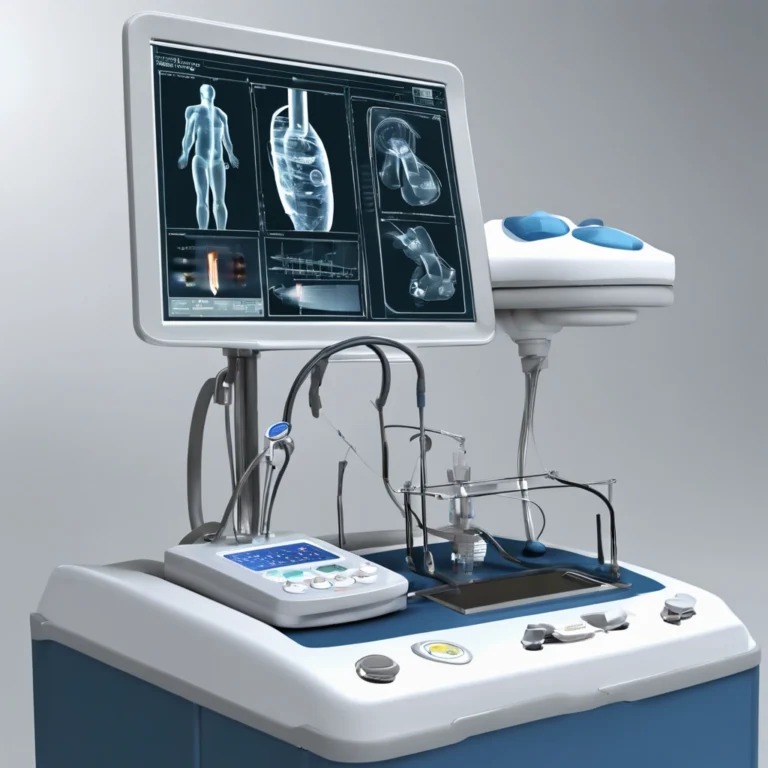




Materiovigilance for medical devices is a comprehensive approach to ensure the safety and performance of medical devices throughout their entire life cycle. It involves systematic surveillance and monitoring to identify potential risks, address quality issues, and enhance overall product quality and safety. Here’s a detailed elaboration of the key components mentioned:
Processing of Complaints: Materiovigilance begins with the processing of complaints received from various sources, including healthcare professionals, patients, and users. Tools like TrackWise, iTrack, SmartSolve, Salesforce, and oneEMS are commonly used to manage and track complaints efficiently. These tools help in recording, analyzing, and tracking the complaints to ensure that activities are completed in a timely manner.
Hazard Identification and Risk Evaluation: One of the primary objectives of Materiovigilance is to identify hazards and hazardous situations associated with medical devices. This involves assessing the risks associated with the use of the device, including potential harm to patients, users, or others. Evaluating the risks helps in determining the appropriate risk control measures to mitigate potential harm.
Good Faith Efforts (GFE): Materiovigilance processes often require obtaining additional/missing information to conduct a thorough assessment of complaint records. Good faith efforts involve making reasonable attempts to obtain necessary information from relevant stakeholders to complete the assessment accurately.
Submission of Reportable Complaints: Materiovigilance programs mandate the submission of reportable complaints to regulatory bodies as per established regulations. This includes filing Medical Device Incident Reports (MIRs) and MedWatch 3500A forms to regulatory authorities such as the EMA (European Medicines Agency) in the European Union and FDA (Food and Drug Administration) in the United States.
Controlling and Monitoring Risk Control Measures: After identifying and evaluating risks, it’s crucial to implement and monitor the effectiveness of risk control measures. Materiovigilance involves establishing processes to control and mitigate risks associated with medical devices and continuously monitoring their effectiveness to ensure patient safety.
Evaluation of Residual Risk: Materiovigilance requires evaluating the overall residual risk posed by medical devices, considering the contribution of all residual risks. Residual risk refers to the risk that remains after implementing risk control measures. Understanding and assessing residual risk help in making informed decisions about device safety and effectiveness.
Documentation of Device History Records (DHR): Materiovigilance programs emphasize the DHR for every medical device. These records, prepared in accordance with standards such as ISO 13485:2016 for the EU and 21CFR 820.184 for the US FDA, contain comprehensive information about the design, production, and distribution of the device. DHRs facilitate compliance with regulatory requirements, enhance efficiency in device management, and provide valuable data for root cause analysis during investigations.
Periodic Reports and Post Marketing Surveillance Plans: Materiovigilance programs mandate the requirements of PSUR (Periodic Safety Update Report), PMCF (Post-Market Clinical Follow-up), CER (Clinical Evaluation Report), and PMS (Post-Market Surveillance) Plan as per established regulations.
In summary, Materiovigilance plays a critical role in ensuring the safety, performance, and quality of medical devices by systematically monitoring, investigating, reporting, and addressing potential risks throughout their life cycle. Effective Materiovigilance processes require robust complaint management systems, rigorous risk assessment methodologies, compliance with regulatory requirements, and thorough documentation practices.






























